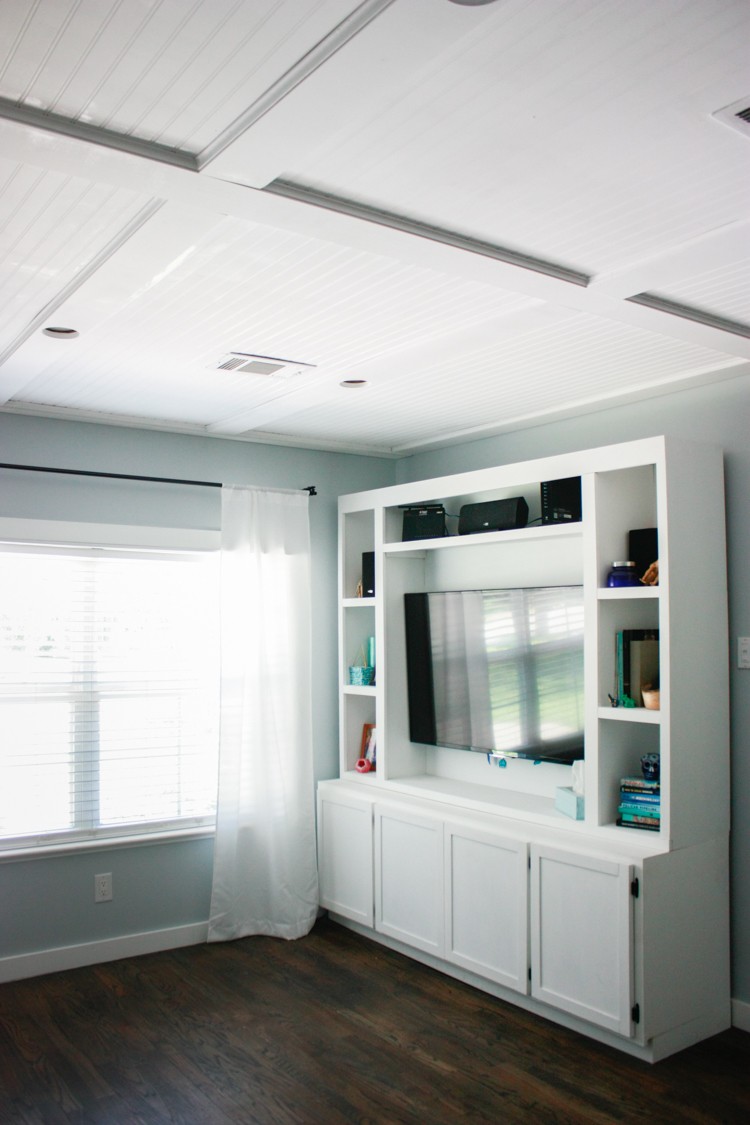(BPT) – Fall signals the end of summer and the beginning of vibrantly colored leaves on the ground, pumpkin patches and refreshingly cooler temperatures. Early fall is also the perfect time of year to complete home improvement projects — the weather is mild, and you can clear your home of clutter before the chill of winter and beginning of the busy holiday season.
While organizing your home during the fall season, it’s also a good time to get rid of old, obsolete electronics and appliances. Typically, a lot of people throw out items that can be recycled when cleaning or doing repairs around the house. This is mostly due to not knowing what, how or where to recycle. Research shows that recycling behavior is based on awareness, accessibility and convenience.
Approximately one-third (34 percent) of U.S. respondents suffer from “green guilt,” or the feeling that they could and should be doing more to help preserve the environment, according to a recent national survey commissioned by Call2Recycle, Inc. that analyzed consumer recycling behaviors. The good news is that consumers are putting green guilt to good use with four out of five (81 percent) saying they are likely to recycle batteries, cell phones and other small electronics, rather than throwing these items in the trash.
Consumers want to do the right thing, but many just don’t know how. Fall is a good time to learn how to improve your home by recycling items that often end up in a landfill.
What to recycle
Do you ever ask yourself, “How do I get rid of this?” Or, “Should this be recycled or thrown in the trash?” Several common household items use rechargeable batteries, including cell phones, laptops, power tools, digital cameras, two-way radios, MP3 players and iPods, tablets and more. As you clear out the attic, garage and storage closets, check for items that use rechargeable batteries.
Why recycle
Many people are unaware that batteries can contain metals such as mercury, lead, cadmium and nickel, which could contaminate the environment when improperly disposed. The batteries from these old devices should be recycled so that they do not end up in landfills.
This is the goal of the non-profit Call2Recycle — North America’s first and largest consumer battery stewardship organization. The organization collects and recycles batteries at no cost for consumers, municipalities and businesses. The organization, which is funded by manufacturers of batteries or products containing batteries, ensures that these items are responsibly recycled to create new batteries and other products, preventing potentially hazardous materials from entering the solid waste stream.
Where to recycle
Now that you’ve committed to (or at least attempted to) recycling your old stuff, you need to know how and where. For rechargeable batteries and cell phones, Call2Recycle has a network of more than 34,000 public collection sites located within 10 miles of 89 percent of consumers in the U.S. and Canada, including popular national retailers such as Best Buy, The Home Depot, Lowe’s, Sears and Staples. To find a participating location nearest you, visit call2recycle.org.
Recycling rechargeable batteries can be a quick, easy and convenient part of almost any shopping trip. For other items, visit Recycle Nation or Earth911.com for a list of recycling options.
Whatever the motivation, recycling rechargeable batteries is smart because it helps the environment by decreasing the materials that go into the landfill. As you get ready to fix up your home this fall, think of how you can avoid green guilt and take that extra step to recycle rechargeable batteries and other household waste.

